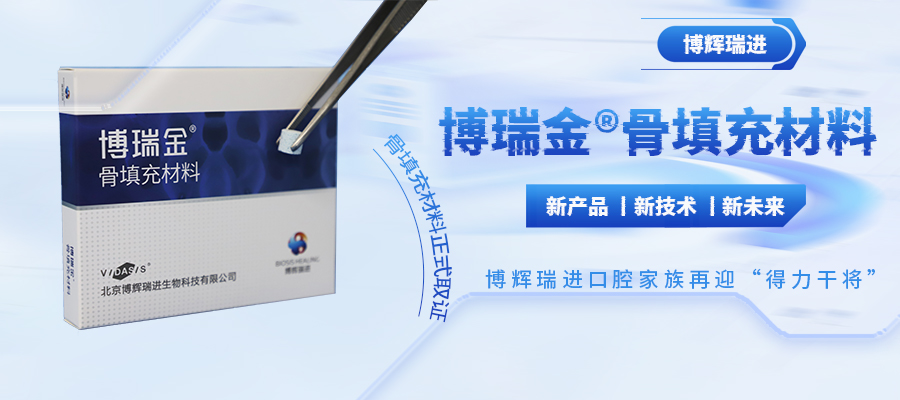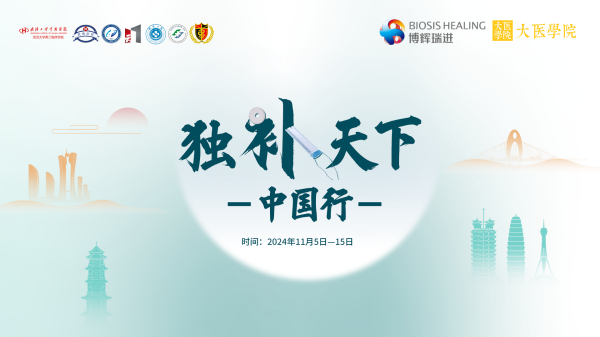On November 25th- 26th, 2022, sponsored by the Chinese Research Hospital Association, undertaken by the Chinese Research Hospital Association of Robotic Laparoscopic Surgery Specialized Committee, academic supported by the Chinese Journal of Digestive Surgery, the "Chinese Research Hospital Association 6th Chinese Congress of Robotic Laparoscopic Surgery" was held online.
In this conference, famous Chinese experts in the field of robotics laparoscopic surgery were invited to attend the conference and give keynote speeches. Focus on the clinical hot issues, display the latest technological achievements in this field, explore the development of new ideas, strengthen in-depth exchanges and cooperation, and jointly promote the innovation and development of robotics laparoscopic surgery in China.
It is worth noting that in the special session of laparoscopic surgery, Professor Chen Jie of Hernia and Abdomal Wall Surgery of Beijing Chaoyang Hospital affiliated to Capital Medical University, emphasized the biological mesh of inguinal hernia in the keynote speech; Professor Yao Qiyuan of Obesity and Hernia Surgery Center of Huashan Hospital Affiliated to Fudan University showed the intraoperative application of TM anastomosis reinforcement and repair patch in the keynote speech.
Here are the two experts' sharing.

Professor Chen Jie "Clinical Application Experience of Biological Graft in Hernia Surgery"
In the special session of laparoscopic surgery, Professor Chen Jie of the Department of Hernia and Abdominal Wall Surgery of Beijing Chaoyang Hospital affiliated to Capital Medical University shared the theme of "Clinical Application Experience of Biological Graft in Hernia Surgery".
Professor Chen Jie first introduced the current development status of hernia surgery, clinical difficult pain points, and the material types of clinical hernia graft. Subsequently, Professor Chen pointed out that biomaterials are a hot research topic in recent years, and biological graft has been mature and used for the repair of tissue defects in many surgical fields, including oral, anorectal, urinary, cerebral, thoracic, plastic surgery, obstetrics and gynecology.
Professor Chen introduced the practical application of biological graft in clinical hernia surgery, shared the solutions of Biosis Healing Hernia Graft for several difficult cases in the field of hernia surgery, and showed the progress of the real events of Biosis Healing Hernia Graft in laparoscopic inguinal hernia.
In the concluding speech, Professor Chen pointed out that hernia repair materials have developed rapidly, and materials and structures are more and more in line with human anatomy and physiological functions. Hernia surgery is developing in the direction of minimally invasive, simple operation, high patient comfort and less complications. Hernia repair graft are also evolving towards lightweight, large mesh, partially absorbable and bioregenerative materials.



Professor Yao Qiyuan "Sleeve Gastric Margin Treatment and Use of Stapler- -Improving Surgical Safety"
In the special session of laparoscopic surgery, Professor Yao Qiyuan from the Obesity and Hernia Surgery Center of Huashan Hospital affiliated to Fudan University made a special topic sharing titled "Sleeve gastric margin Treatment and Use of Stapler-- Improving Surgical Safety".
Professor Yao Qiyuan first introduced the development status of sleeve gastrectomy at home and abroad. According to the "China Obesity Metabolic Surgery Database: 2021 Annual Report" , the number of LSG (Laparoscopic Sleeve Gastrectomy) in China was 18,533 cases in 2021, and the number increased significantly. The risks of sleeve gastric surgery mainly come from postoperative bleeding, leakage of digestive tract, stenosis, etc.
Subsequently, Professor Yao shared the international expert consensus of sleeve gastrectomy: resection margin reinforcement significantly reduced anastomotic bleeding, and two randomized controlled trials also demonstrated that resection margin reinforcement can reduce bleeding. In 2015, Shikora et al. made a Meta-analysis of the clinical effect of anastomosis reinforcement in gastrointestinal surgery, including 66,727 cases, and the study data showed that:
Without anastomotic reinforcement, the incidence of bleeding was as high as 3.45%, the incidence of anastomotic leakage was 2.75%
With suture reinforcement, the incidence of bleeding was 2.69%, the incidence of anastomotic leakage was 2.45%
With synthetic material anastomotic reinforcement, the incidence of bleeding was 2.48%, the incidence of anastomotic leakage was 2.61%
With biomaterial anastomotic reinforcement, the incidence of bleeding decreased to 1.23%, and the incidence of anastomotic leakage decreased to 1.28%
Anastomotic reinforcement can significantly reduce the incidence of bleeding and anastomotic leakage, and biomaterial products are better than synthetic material products
The 2020 European Association of Endoscopic Surgery (EAES) Clinical Practice Guidelines for Weight Loss Surgery recommend the use of anastomotic reinforcement during sleeve gastrectomy to reduce perioperative complications, including overall mortality and bleeding rates
Later, Professor Yao shared the clinical application of anastomotic reinforcement in sleeve gastric surgery in the form of pictures and videos.
Professor Yao said in the case sharing section that the closure stability of the whole cut is very good. We can also see in the subsequent cutting completion video that the anastomotic reinforcement had a good effect, the cutting margin was clean, and there were no small blood vessels and nail burst.




VIDASIS®SIS Staple Line Reinforcement

VIDASIS® SIS Staple Line Reinforcement, adopt SIS materials of Biosis Healing with independent intellectual property rights. In 2016, creative design and invention patent were launched, and clinical trial was launched in 2017, which was officially approved for the special approval process of innovative medical devices in 2018. In August 2022, the class III medical device registration certificate of National Medical Products Administration was officially obtained.
This product can be used with a stapler for strengthening the site of the anastomosis, and it is suitable for distal gastrectomy, proximal gastrectomy, sleeve gastrectomy, and gastrointestinal gastrostomy. The participating clinical centers include: West China Hospital of Sichuan University, Peking University Cancer Hospital, Union Hospital Affiliated to Tongji Medical College of Huazhong University of Science and Technology, Zhongshan Hospital Affiliated to Fudan University, and Jiangsu Provincial People's Hospital.
Product Superiority:
National Medical Products Administration Special Approval Channel Products for Innovative Medical Devices (No.1,2018);
Domestic exclusive full series of SIS Staple Line Reinforcement;
World's first SIS Staple Line Reinforcement for pipe stapler;
Accelerates anastomotic tissue regeneration and promotes anastomotic healing;
Reduce anastomotic bleeding and reduce anastomotic leakage-related complications;
Circular SIS Staple Line Reinforcement (can be used with Disposable Endoscopic Linear Cutter Stapler, Disposable Linear Cutter Stapler), flat type SIS Staple Line Reinforcement, round SIS Staple Line Reinforcement (used with Disposable Circular Stapler), unique invention patent can support most of the mainstream stapler manufacturers products.
For more product details, please contact us.
0086 10 61252660-892











版权所有®2019BIOSISHEALING